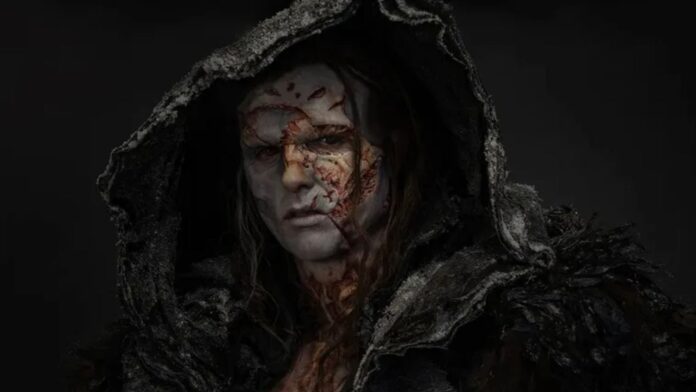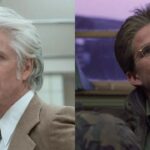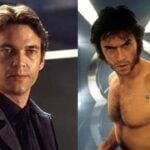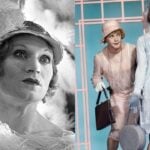Guillermo del Toro’s ‘Frankenstein‘ follows the Creature from the moment he first opens his eyes to the point where he becomes a fully aware and deeply wounded adult. But even before fans see this journey on screen, Jacob Elordi’s ‘Monster’ looks completely different from Boris Karloff’s famous design.
And the real reason behind this change has everything to do with the story del Toro wants to tell and a surprising creative choice that flips old expectations on their head.
Why The Classic Monster Figure Had to Be Left Behind
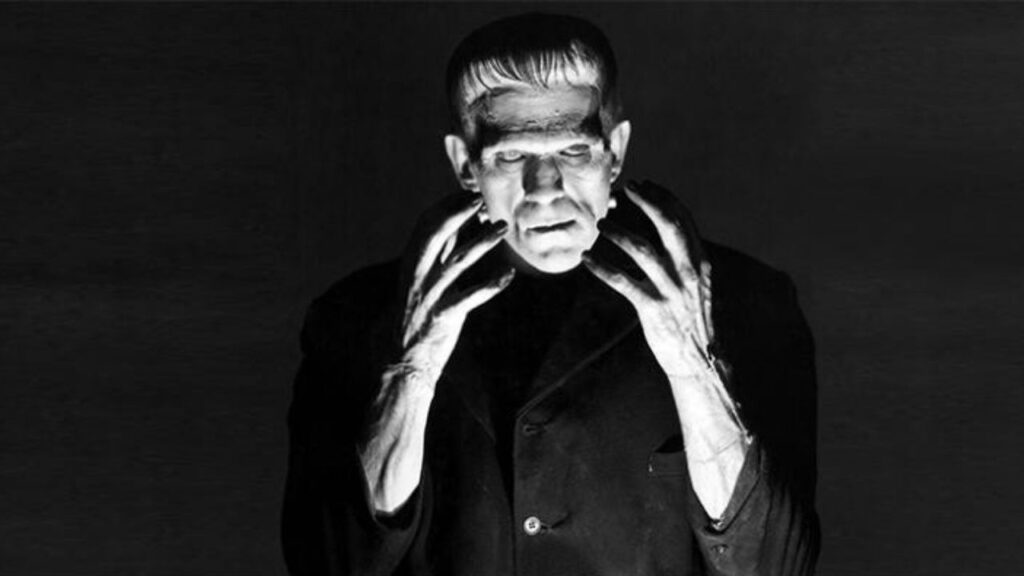
Special-effects artist Mike Hill admitted he felt nervous when del Toro asked him to design the Creature. Karloff’s look is so iconic, and the character has appeared in over 400 films, so coming up with something new felt intimidating. But del Toro didn’t want a modern horror monster or a repeat of old designs. Hill told CBR they wanted the Creature to look like he stepped out of the 1800s, not like someone repaired by a surgeon.
Related: ‘Frankenstein’: Is Guillermo del Toro’s Vision Faithful To Mary Shelley’s Classic Novel?
Instead of messy stitches, he used shapes and patterns to make the body look designed on purpose, as if Victor Frankenstein drew a plan and followed it carefully. The script also guided the Creature’s appearance. Del Toro shows him growing through “life stages” first bald and newborn, then stubbled, then a teenager with more hair, and finally an adult filled with hurt and anger. Hill designed each stage to match the Creature’s emotional growth, tying the look directly to the story.
The Makeup Marathon That Changed Guillermo del Toro’s ‘Frankenstein’
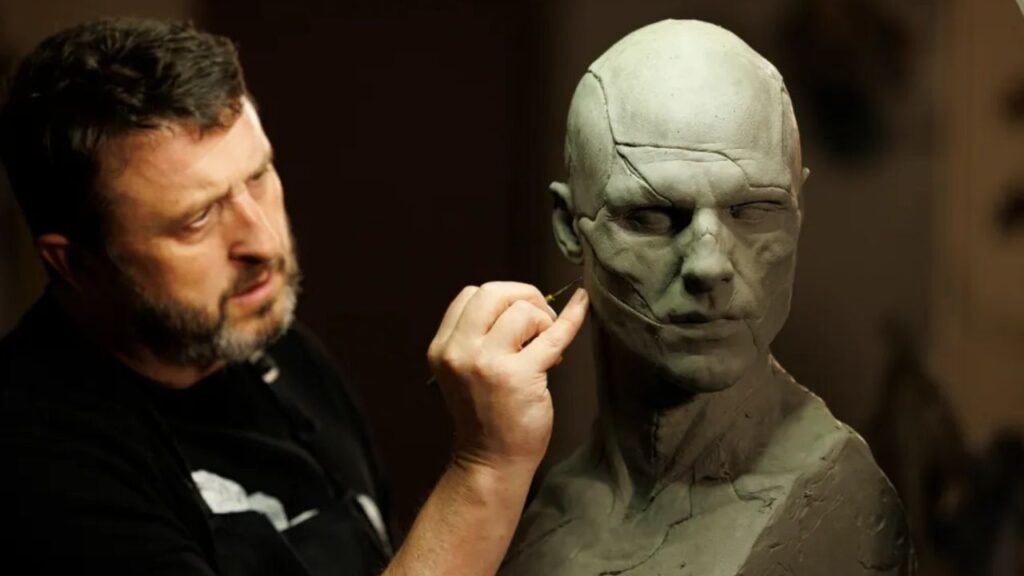
To create this new version, Jacob Elordi went through a long and intense makeup process. Hill revealed that he wore 42 individual prosthetic pieces every day. It took 10 hours to put them on and two to two-and-a-half hours to remove them. They even brought a small sauna into the trailer to make removal less painful. Hill praised Elordi for staying patient through such a demanding routine.
In case you missed it: The Real ‘Frankenstein’ Mary Shelley Actually Wanted Us To See
Hill said he avoided thinking about Karloff, Christopher Lee, or Robert De Niro’s versions because he didn’t want to design something based on what it shouldn’t look like. Instead, he focused on del Toro’s notes and Elordi’s natural features. The hair alone shows how different this version is. Instead of short black hair or flat, dark tones, they created several stages: bald, stubble, short hair with visible scars, and finally long, flowing hair inspired by romantic gothic stories.
The skin tone also changed throughout the film. Del Toro first imagined oyster gray, but Hill added yellow shades to honor Mary Shelley’s description. He also included gray-blue areas as a small nod to Karloff’s makeup. Hill compared the color journey to a butterfly that becomes a moth when it suffers, then becomes a butterfly again. He even hinted that Victor may have dyed pieces of skin to help map the body.
The Last-Minute Changes That Sealed The New Creature’s Look
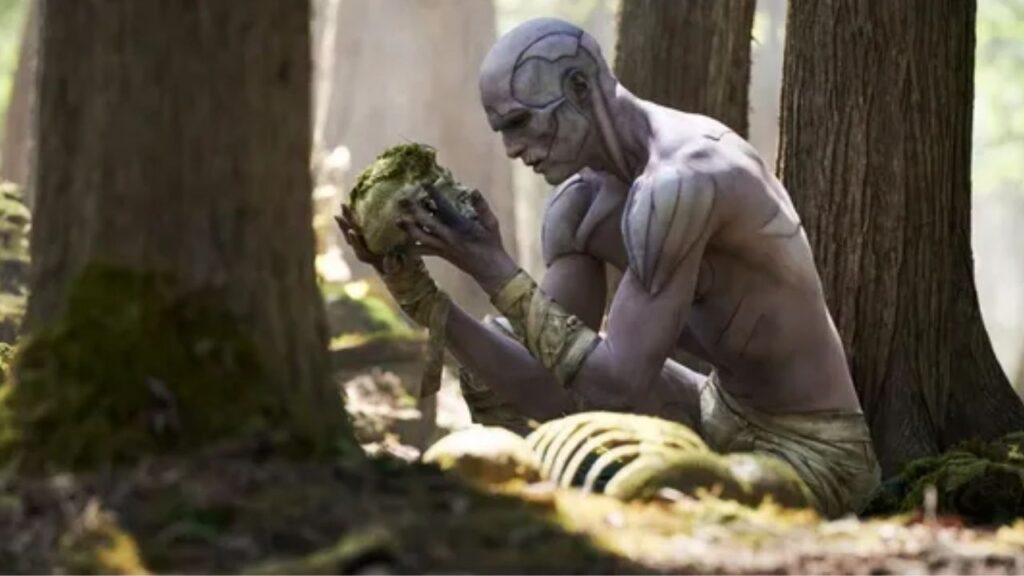
Time was short. Hill said that although Elordi mentioned having nine weeks of prep time, it felt much less. He worked through Christmas, even on Christmas Day, to finish redesigning elements that were originally created for a different actor. The biggest surprise came when Hill saw Elordi in person. He realized Elordi’s naturally strong jawline meant he didn’t need a prosthetic chin, which saved time and prevented daily issues on set.
Related: 25 Must-Watch Gothic Horror Movies Of All Time
When Elordi took his shirt off during tests, Hill also saw that his athletic build worked perfectly for the Creature. Instead of covering everything with bulky pieces, Hill and del Toro used slimmer, lighter prosthetics so the character felt more human and natural. Hill said the moment everything clicked was during a key scene: the Creature carrying Elizabeth down a large staircase in a beautiful manor.
Jacob Elordi’s Creature looks nothing like Karloff’s because del Toro’s version focuses on who the Creature is, not what he used to look like in old films. Every scar, color change, hair stage, and design choice connects directly to his emotional journey.

